Every student in the Gwinnett School District, USA, must memorize the Oath of Responsibility, and if they violate the rules, they will have to recite this oath.
Dinh Thu Hong, a Master of Education majoring in English as a Second Language (ESL), is currently an elementary school teacher in the Gwinnett School District, Georgia. According to her, responsible decision-making is one of the five social-emotional competencies proposed by the Collaborative for Academic, Social, and Emotional Education (CASEL) in the US. This competency is taught and integrated into many different activities in schools. Here are some specific forms:
Make responsible decisions
Imagine you are in an ice cream shop, what kind of ice cream would you choose? Vanilla or chocolate, coconut or strawberry, popsicle or cone? What do you think about when you choose your ice cream?
Making a decision is when we choose something or something. Every day, everyone has to make decisions. Therefore, primary school students are taught how to do this responsibly, such as:
- Consult everyone.
- Make decisions based on your values.
- Think about the possible consequences of each choice/decision.
- Think about the pros and cons, advantages and disadvantages of each choice. If a decision has many advantages, it is probably the right decision and vice versa.
- Note the long-term and short-term consequences.
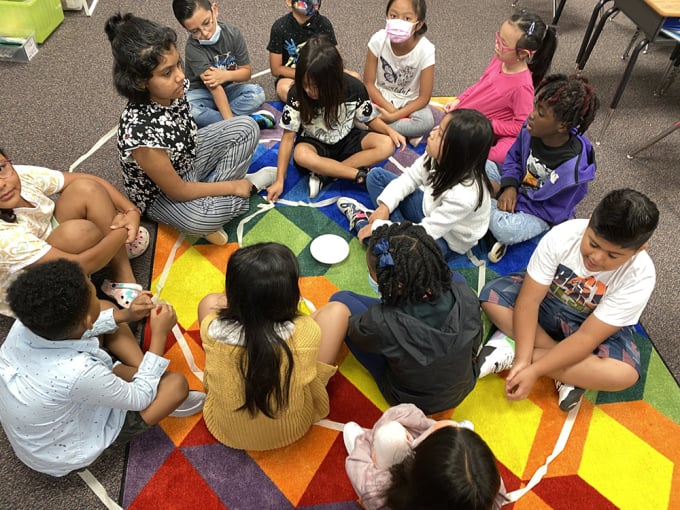
Students gather around a bowl of water to learn about the circle of responsibility. Photo: Dinh Thu Hong
Building a Circle of Responsibility
During the first few weeks of the new school year, we will be conducting lessons on building a community of responsible learners who follow the rules, motivate and encourage each other.
I usually start by having the class gather in a circle around a bowl of water. I drop a coin in, and the class discusses and shares what they see: the ripples, the splashes, how the coin looks different in the water...
I introduced the lesson by saying that even a small action by anyone can affect those around them. Then we discussed other examples, to see how one individual's actions can affect others.
For example, if a classmate talks, the other students will not be able to hear what the teacher is saying; if a child throws a plastic bottle on the street, how will that area and the whole city be polluted; if a customer at a supermarket acts irresponsibly, how will it affect the people around them...
Next, I taught my students about the Rings of Responsibilities in cyberspace. This is especially important in the context of today's digitally native students. I explained to them about "digital footprints", meaning that any information posted online leaves a mark. That mark not only affects them but also many other people in cyberspace.
The games provided vivid illustrations such as when someone posts a video on YouTube and people share it widely, or when someone writes a negative comment in a gaming chat group, how sad the person involved is.
Oath of Responsibility
I am responsible for my own actions. No one told me to do what I do. If my work is bad, I am responsible for correcting it. If I behave badly, I am responsible for correcting my behavior. It is time for me to stop blaming others for what I do and start taking responsibility for my own actions. I am who I am because of my own choices. Responsibility is the key to success. If something happens, it is entirely up to me. Do what is right!
The Responsibility Pledge is widely used in my school’s classrooms, especially from kindergarten to third grade. At the beginning of the school year, teachers practice soft skills so that students can be orderly when listening to lectures, concentrate during class, choose to do the right things, etc. This Responsibility Pledge is one of the ways we teach our students and it is extremely effective.
Every student has an Oath and must memorize it. Anyone in the class who breaks the rules or does something they shouldn't do, such as talking, losing concentration, blaming others, etc., must recite the oath.
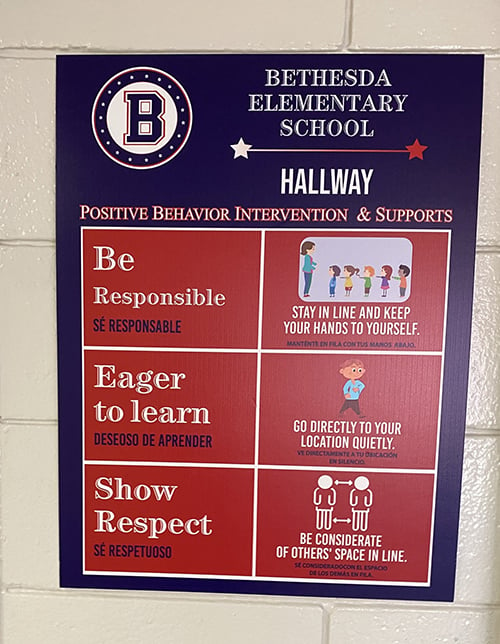
Posters about responsibility are posted in different areas of the primary school. Photo: Dinh Thu Hong
Three questions to ask yourself
Whenever students behave irresponsibly such as talking during class, making noise in the hallway, making a mess in the bathroom..., I will remind them to ask themselves the following three questions:
- Should I do that?
- What will happen if I do that?
- What will be the consequences if I do that?
In my opinion, these three sentences help you remember to ask yourself before making any decisions, especially those that affect other people.
In addition, my school has posters about responsibility and courage in many areas of the campus. For example, in the classroom, responsibility includes completing assignments and participating in speeches. In the hallway, this includes standing in line and keeping your hands at your sides.
Dinh Thu Hong
Source link



![[Photo] National Assembly Chairman Tran Thanh Man meets with outstanding workers in the oil and gas industry](https://vstatic.vietnam.vn/vietnam/resource/IMAGE/2025/4/17/1d0de4026b75434ab34279624db7ee4a)
![[Photo] Promoting friendship, solidarity and cooperation between the armies and people of the two countries](https://vstatic.vietnam.vn/vietnam/resource/IMAGE/2025/4/17/0c4d087864f14092aed77252590b6bae)
![[Photo] General Secretary To Lam receives French Ambassador to Vietnam Olivier Brochet](https://vstatic.vietnam.vn/vietnam/resource/IMAGE/2025/4/17/49224f0f12e84b66a73b17eb251f7278)
![[Photo] Closing of the 4th Summit of the Partnership for Green Growth and the Global Goals](https://vstatic.vietnam.vn/vietnam/resource/IMAGE/2025/4/17/c0a0df9852c84e58be0a8b939189c85a)
![[Photo] Nhan Dan Newspaper announces the project "Love Vietnam so much"](https://vstatic.vietnam.vn/vietnam/resource/IMAGE/2025/4/17/362f882012d3432783fc92fab1b3e980)
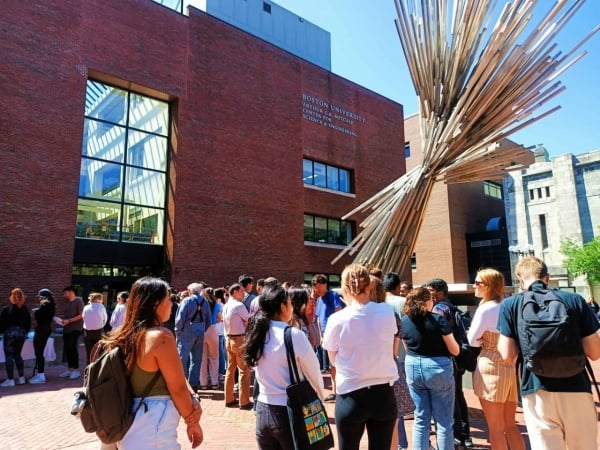



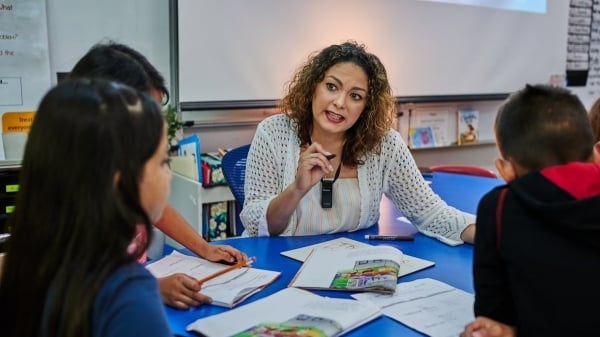
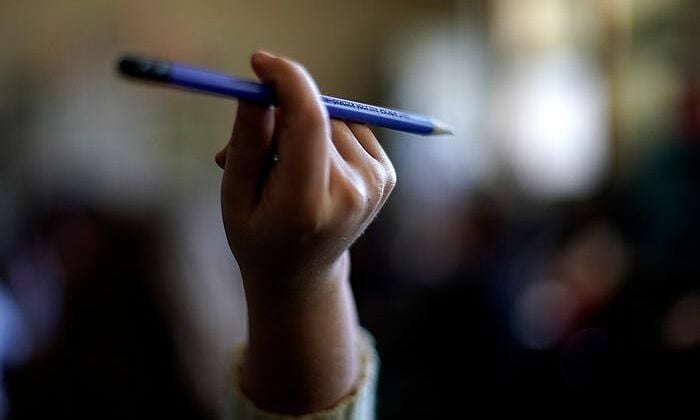

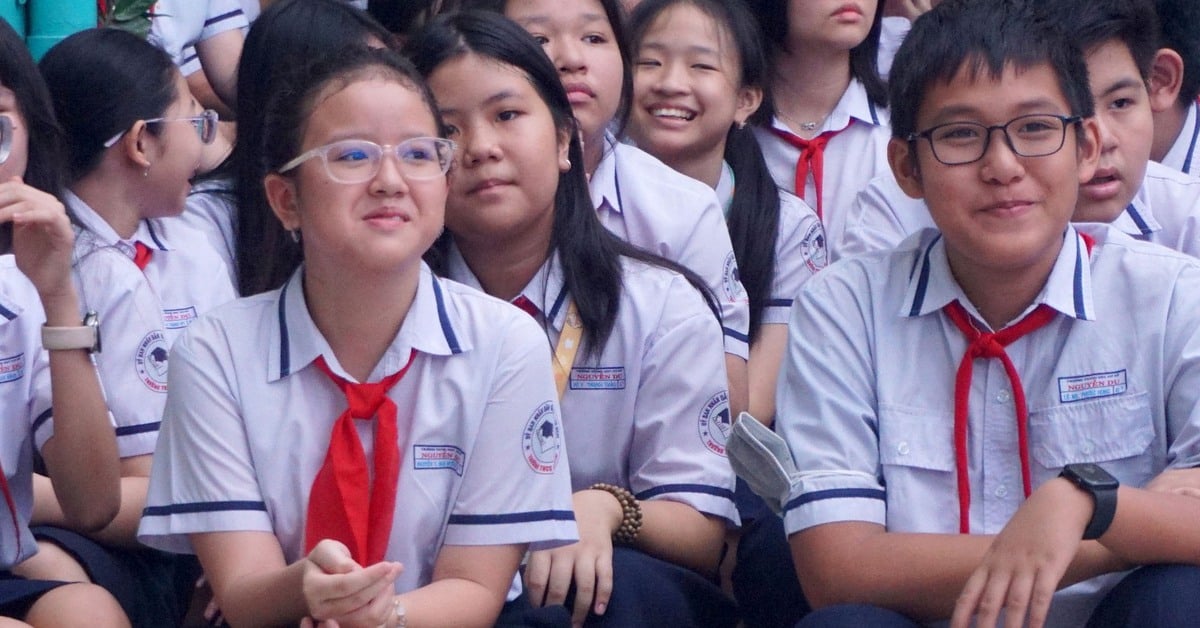

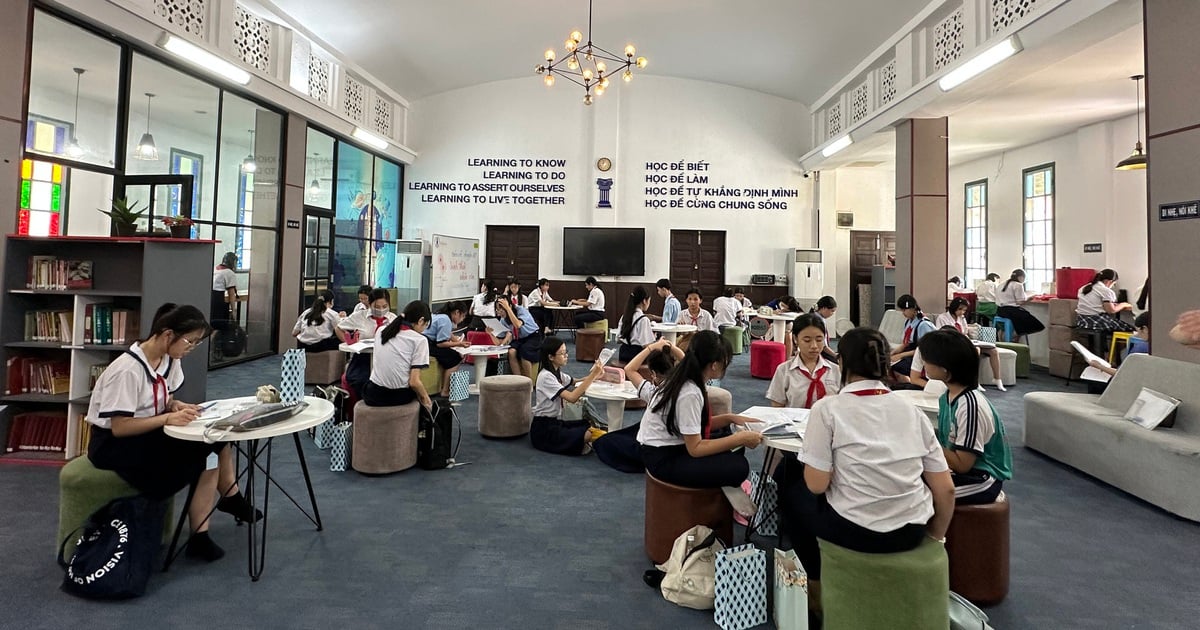

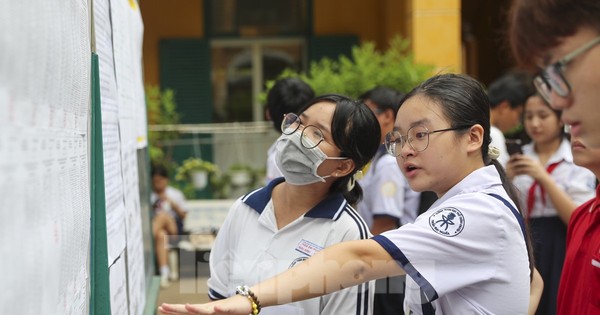






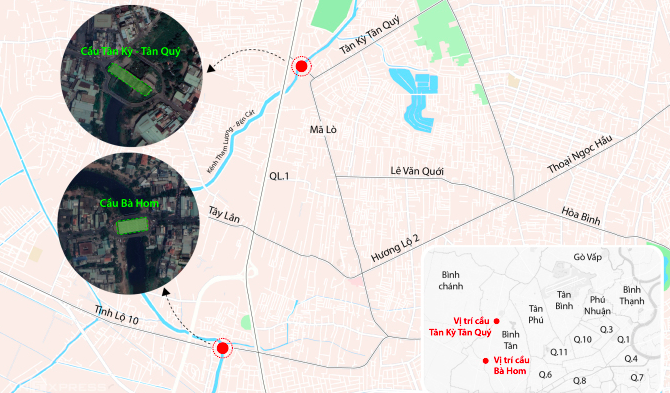



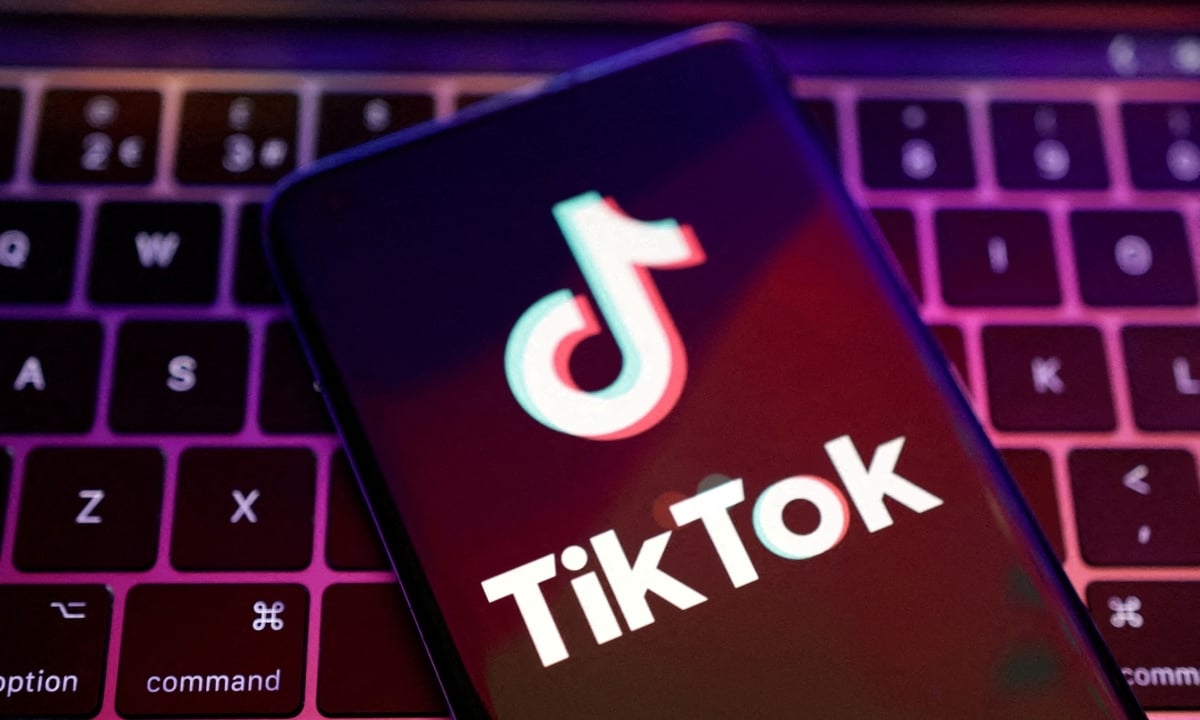
![[Photo] Welcoming ceremony for Chinese Defense Minister and delegation for friendship exchange](https://vstatic.vietnam.vn/vietnam/resource/IMAGE/2025/4/17/fadd533046594e5cacbb28de4c4d5655)




























![[Video] Viettel officially puts into operation the largest submarine optical cable line in Vietnam](https://vstatic.vietnam.vn/vietnam/resource/IMAGE/2025/4/17/f19008c6010c4a538cc422cb791ca0a1)





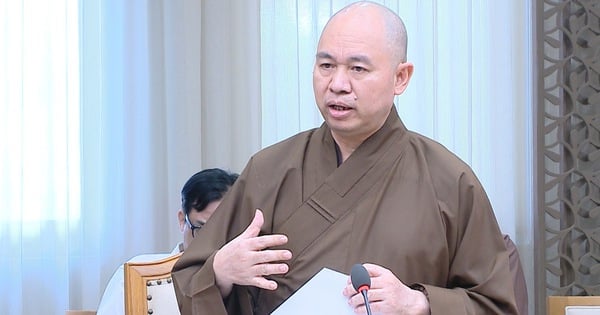














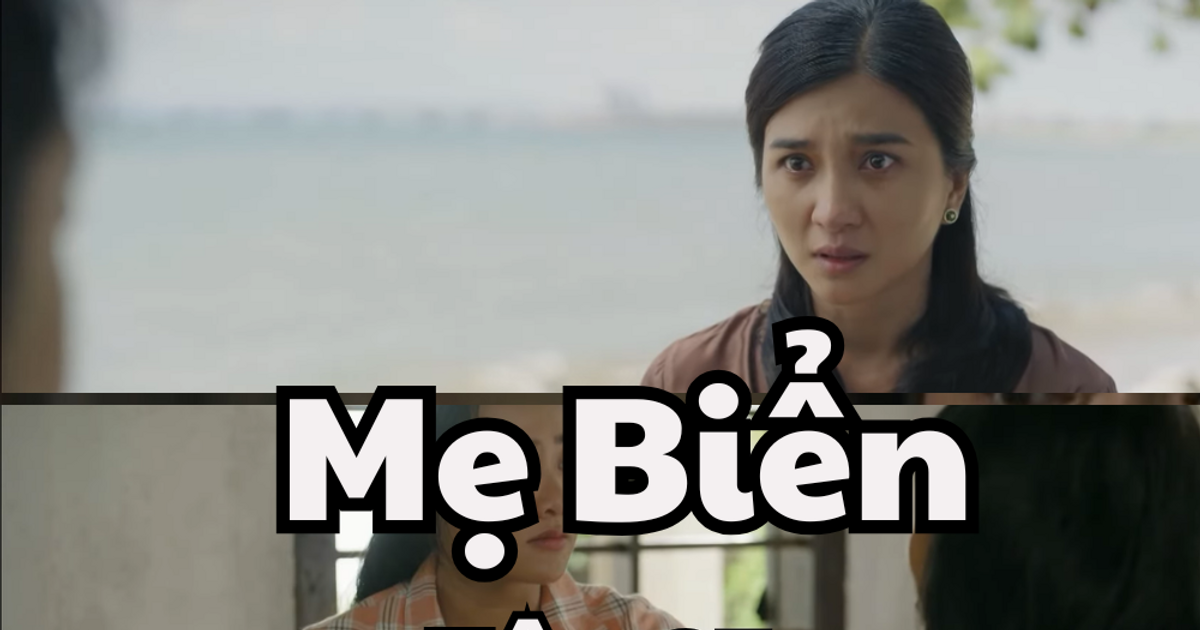


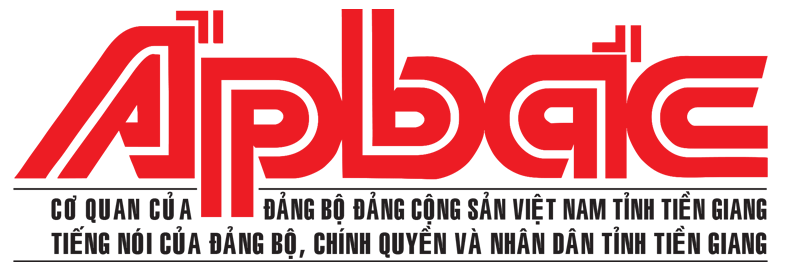


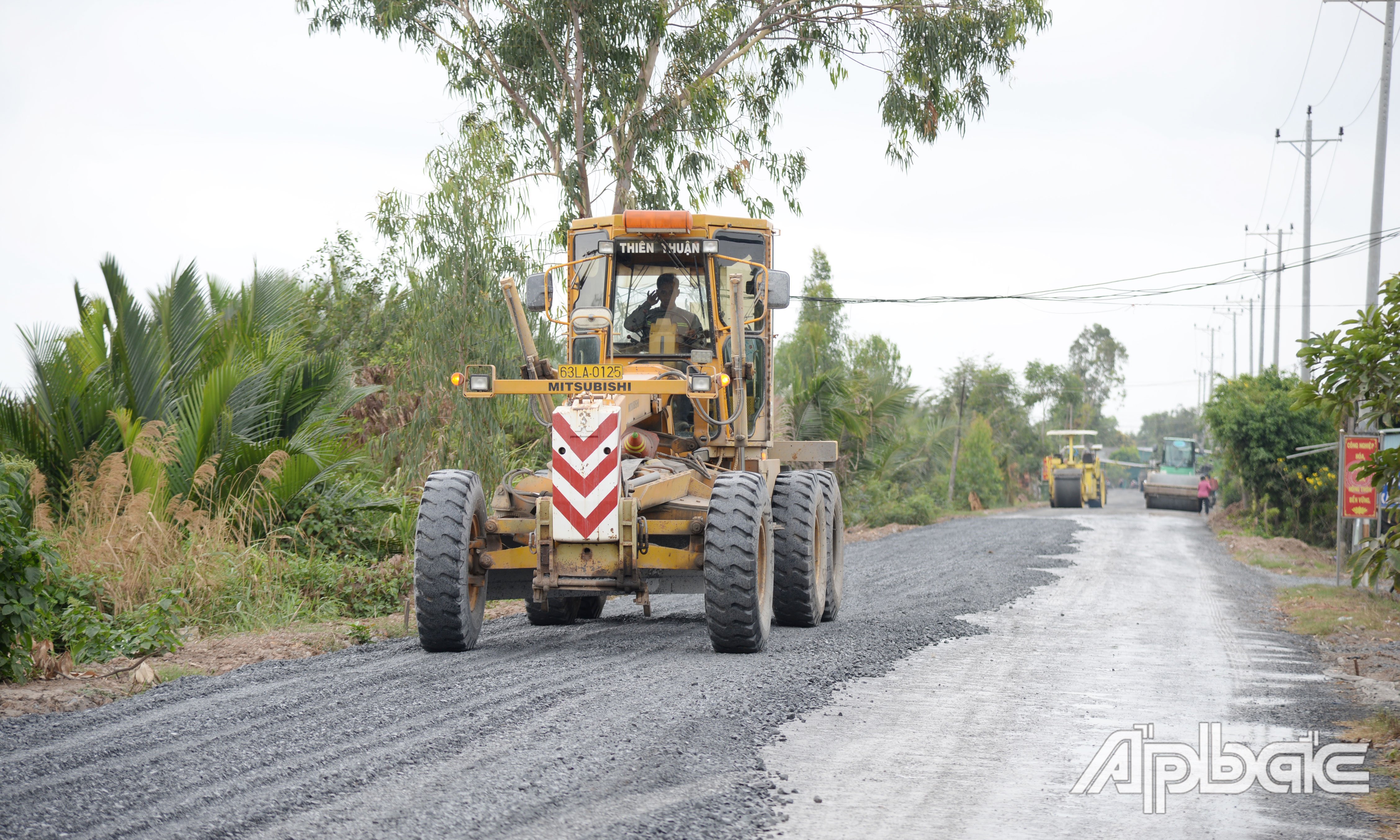













Comment (0)